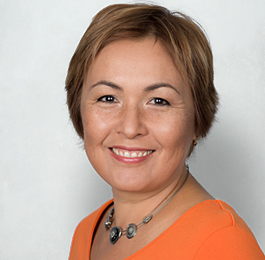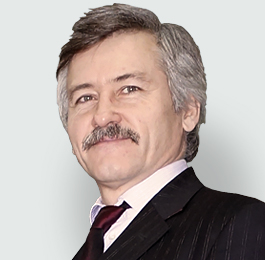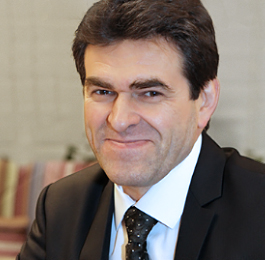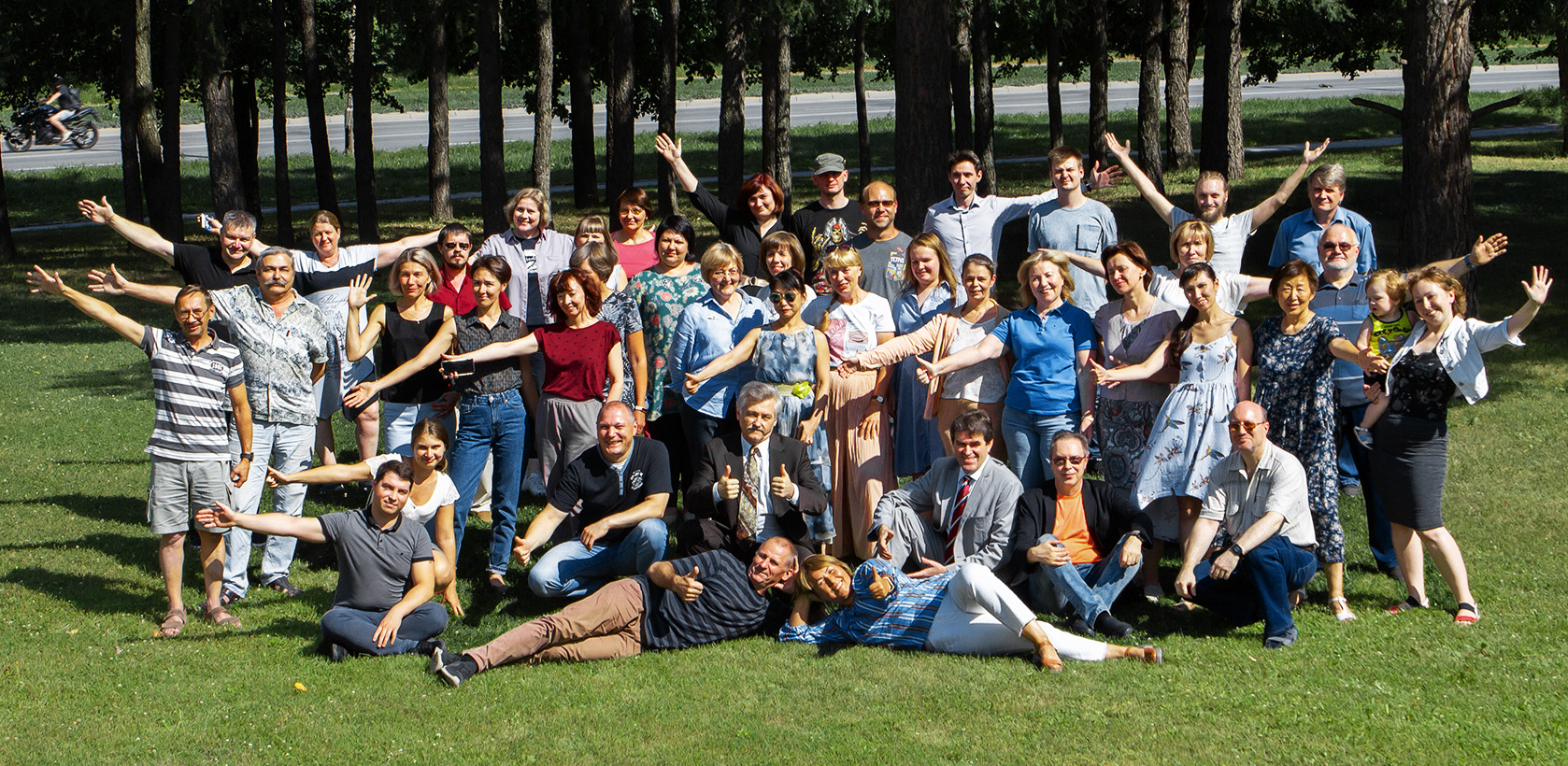About Сompany
The SoftLab-NSK company was founded in 1991 by a group of scientists from the Institute of Automation and Electrometry of the Russian Academy of Sciences, who took part in the domestic space research program in the field of astronaut training systems.
Currently, the company has a license to carry out space activities, operates under the State Defense Order, develops highly reliable software and specializes in creating virtual, augmented and mixed reality products. The company is a Russian manufacturer of systems for automating television broadcasting and television production.
Over the years, the company has implemented a number of successful projects, earning the reputation of a serious developer not only in Russia and the countries of the former USSR, but also abroad.
Dear friends! Please accept the words of sincere gratitude for the conscientious work and merits in professional activities following the results of work for 2017. I sincerely wish you further professional success. May all your dreams come true! Health, happiness and prosperity to you and your loved ones!
Our Team
-
 Irina Travina
CEO
Irina Travina
CEO
CEO of "SoftLab-NSK"
-
 Vasily Bartosh
Head of Department
Vasily Bartosh
Head of Department
VR Department
-
 Michael Shadrin
Head of Department
Michael Shadrin
Head of Department
Multimedia Department
We are a resident of the Scientific and Technological Park of the Novosibirsk Academgorodok, therefore we closely cooperate with companies in the field of high information technologies, electronics and instrumentation.
Our employees are graduates with extensive experience in mathematics, physics, computer science, modeling and design. This gives us the opportunity to find effective technological solutions to create high-quality and innovative products.
For many years, our company has been actively teaching and managing students' graduation practice. The company's employees are two heads of departments and ten lecturers from Novosibirsk State University. Among the courses we teach are "Inverse Problems of Mathematical Physics", "Computer Graphics", "Visualization Systems", "Digital Circuit Engineering", "Modern Automation Systems", "Computer Architectures", "Practical Programming".

